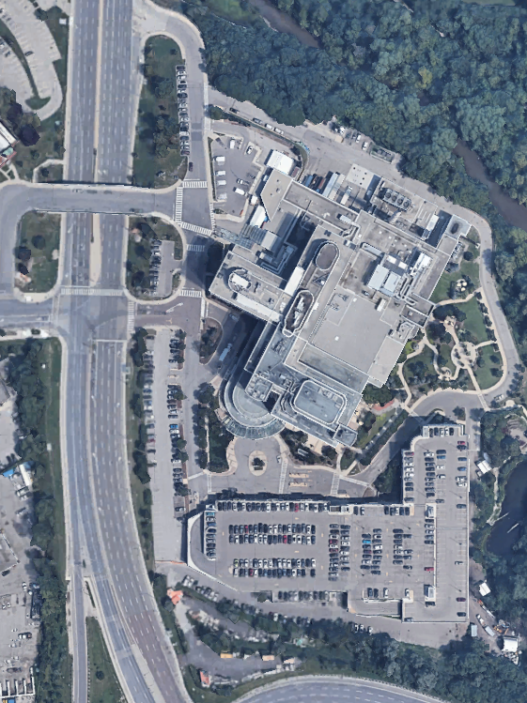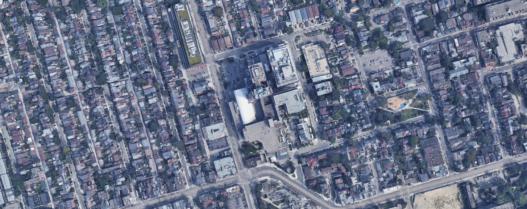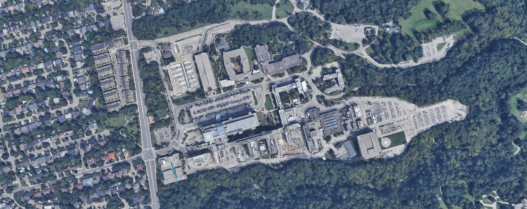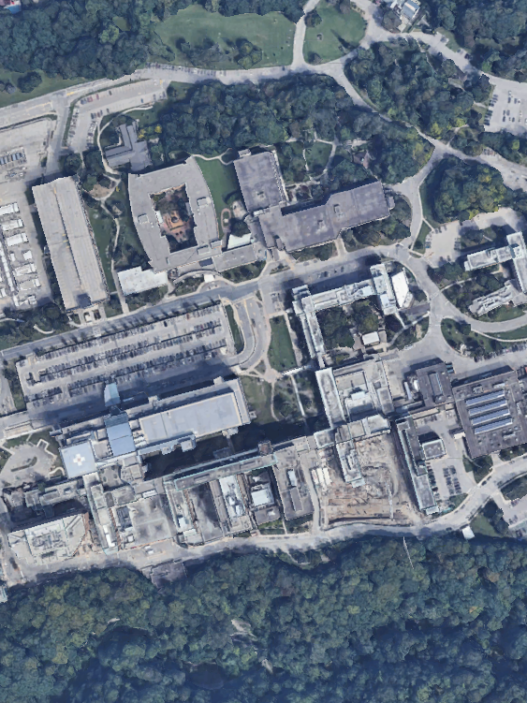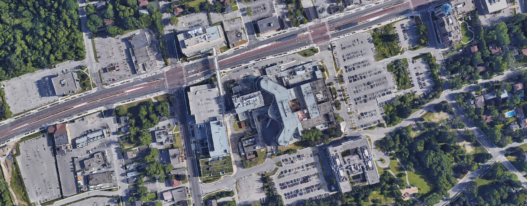Cataract surgery wait times can be long for Manitoba residents. Long wait times can potentially increase fall risk for seniors.
⬇️ Scroll down to compare hospitals by expected wait time. Always verify the current expected wait times with your primary care physician or referred specialist.
Cataract surgery is a medical procedure targeting the removal of cataracts — clouding of the eye’s natural lens that impairs vision.
Wait 1 is defined as the time between a patient receiving a referral from a primary care physician and their specialist consultation. Wait 2 is defined as the time between the decision to proceed with surgery and the surgery itself.
Table of Contents:
- Introduction
- Paying for cataract surgery in Manitoba
- Manitoba hospitals ranked by cataract surgery wait times
- Interpreting wait times & data limitations
- Advocating for better data access
Introduction
Cataract surgery in Manitoba is a medical procedure designed to treat cataracts, where the lens of the eye becomes cloudy, impairing vision. This surgery is commonly performed on individuals whose vision impairment affects their daily activities. The main goal of the procedure is to enhance vision by removing the cloudy lens and replacing it with an artificial one known as an intraocular lens (IOL).
Patients in Manitoba must first undergo a thorough eye examination before having cataract surgery. This assessment determines the cataracts’ severity, the overall eye health, and the correct power for the IOL. The pre-operative phase also involves discussing the surgery’s risks and benefits, the different types of IOLs available (including premium lenses that might cost extra), and expectations during and after the surgery.
In Manitoba, cataract surgery is usually an outpatient procedure performed under local anesthesia with sedation to maximize patient comfort. The operation involves a small incision to remove the cloudy lens and insert the IOL. Typically, the surgery lasts about 30 minutes, and patients generally return home the same day.
After the surgery, follow-up care is essential to ensure a successful recovery. This includes post-operative appointments to check on the eye’s healing, instructions on using eye drops to prevent infection and reduce inflammation, and advice on when to resume normal activities. Most patients notice a significant improvement in their vision shortly after the procedure, though full recovery can take a few weeks.
Paying for cataract surgery in Manitoba
Cataract surgeries in Manitoba are typically provided at no direct cost to residents, as they are covered under the Manitoba Health Services Insurance Plan (MHSIP).
Funded through provincial taxes, MHSIP guarantees that essential medical services are accessible to Manitobans without direct charges at the point of service.
Manitoba hospitals with shortest cataract surgery wait times
There are only six hospitals in Manitoba where cataract surgeries are performed:
- 🥇 Minnedosa Hospital boasts the shortest wait time for cataract surgery in Manitoba, with an average wait of 1 week.
- 🥈 Brandon General Hospital ranks second for the shortest wait time in Manitoba for cataract surgery, with an average wait of 4 weeks.
- 🥉 Western Surgery Centre ranks third for the shortestwait times, reporting an average wait of 7 weeks for cataract surgery.
- Misericordia Health Centre secures the fourth position in wait times, with an average wait of 9 weeks for cataract surgery.
- Portage Hospital has the second-longest wait times, reporting an average wait of 10 weeks for cataract surgery.
- Swan Valley Health Centre reports the longest wait time for cataract surgery in Manitoba, with an extensive average wait of 20 weeks.
Interpreting wait times & data limitations
Several factors can extend the average wait times for surgery in Manitoba. Clinical considerations often lead doctors to delay surgeries based on a patient’s medical needs or other priorities. Additionally, patients may postpone their procedures due to personal reasons like scheduling conflicts, financial constraints, or a preference to delay treatment. The availability of hospital operating rooms also plays a critical role. These spaces are necessary for surgeries but can be scarce if occupied for other medical procedures or impacted by labor shortages. Seasonal variations further influence both room availability and staffing levels, potentially prolonging wait times during certain periods.
Conversely, average wait times can sometimes seem shorter than anticipated due to various factors. Some patients have flexible schedules, allowing them to fill slots that become available unexpectedly, thus shortening their wait. This adaptability, when averaged with others, can make overall wait times appear more favorable. Seasonality affects this dynamic as well, with certain times of the year experiencing lower demand for surgeries or increased temporary staffing, which can enhance room availability and reduce delays.
We focus on calculating wait times for Priority 4 patients because data for Priority levels 2 and 3 are typically incomplete. Surgeons, specialists, and healthcare administrators use clinical evidence to set these priority levels and target times, aiming to improve patient access and outcomes.
Furthermore, our data does not include patients who opt out of surgery after their initial consultation with a specialist.
Advocating for better data access
We are thankful for the Province of Manitoba’s efforts in providing hospital wait times for surgeries. Manitoba stands out globally for its transparency in reporting hospital wait times and covers a wide array of medical procedures.
We encourage the Province of Manitoba to expand its data reporting to include average wait times by doctor, as seen in British Columbia and Saskatchewan. This information would greatly benefit patients by allowing them to choose doctors with shorter wait times.
Readers can consider reaching out to the Province of Manitoba to advocate for this beneficial change.
Learn wait times for common medical procedures in Manitoba:









